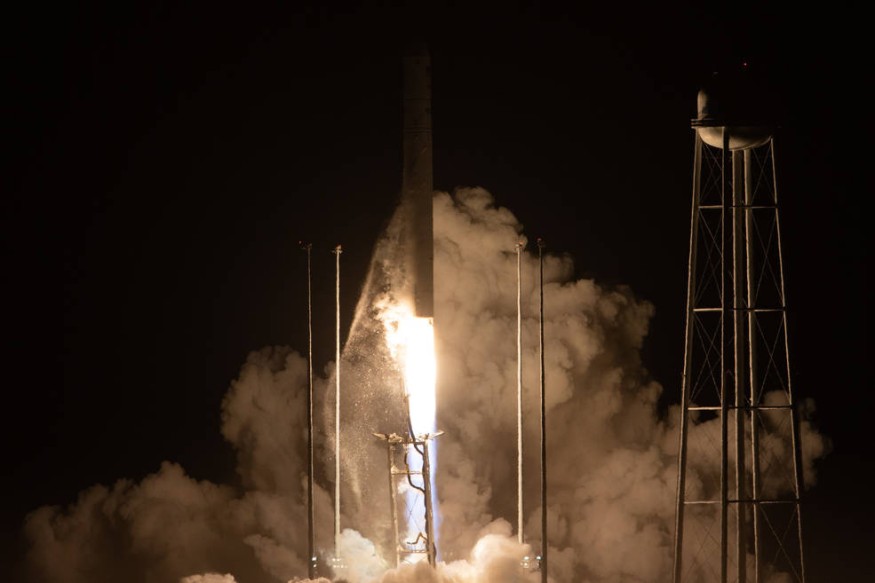For a shot at a lucrative $10 billion NASA moon lander deal, Northrop Grumman is competing against Blue Origin, a former partner.
Seeking Alpha mentioned that the company rivalry was very different now compared to three years ago. At the time, Northrop had collaborated with Jeff Bezos' space exploration business Blue Origin on a proposal for a lunar lander. Bezos referred to the group effort, including Draper and Lockheed Martin (LMT), as the "National Team."
Now, plans are ramping up for the transportation of personnel to the moon after NASA launched Artemis 1 successfully. Both businesses compete as the space agency prepares to make the first crewed lunar landing in 50 years.
The space agency also published the Human Landing Systems (HLS) proposal procedure, which has a staggering price tag of $10 billion. The Artemis program will use it to assist humans in reaching the lunar surface.

Northrop Grumman vs. Blue Origin: NASA Moon Lander Competition
According to Space.com, the bidding process has yet to include SpaceX, a trusted partner of NASA. This could be explained by the fact that the transportation contract for Artemis 3 and Artemis 4 has already been given to the space firm.
As a result, NASA is offering other businesses the chance to compete for the historic opportunity to take people to the moon.
With the addition of Lockheed Martin, Boeing, Astrobotic, Honeybee Robotics, and Draper to its staff, Blue Origin's "National Team" aspires to take the lead.
Northrop Grumman will be collaborating with Leidos Dynetics in the meanwhile to win the contract tender.
However, it is important to note that NASA has yet to make the whole list of HLS bidders public. These teams have been selling their work since the competition finished.
How SpaceX Came Into the Picture
Initially, NASA had two companies lined up to take part in landings throughout the HLS procurement process during the previous two years. However, due to the concern over financial limitations, NASA selected SpaceX alone in April 2021.
Blue Origin and Dynetics both objected to the contract amendment and also alleged unfair bidding procedures. On August 13, 2021, Blue Origin brought a claim against NASA in the Court of Federal Claims after the US Government Accountability Office rejected the same allegations.
But a few months later, the judge decided to support NASA. In October 2021, the US Senate directed NASA to select a new firm for further Artemis missions.
The National Team has yet to make design concepts available to the public, in contrast to the Northrop Grumman-Dynetics team, which has an artist's rendering of its lander standing on the moon's surface.
Recently, NASA approved SpaceX's request for a contract modification. As a result, SpaceX can accelerate the creation of its Starship human landing mechanism.
After receiving a contract under Appendix H of the Next Space Technologies for Exploration Partnerships-2 (NextSTEP-2) contract in July 2021, SpaceX purchased the modification, also known as Option B.
NASA has already stated its intention to work with SpaceX to implement Option B. The projected cost of the contract change is $1.15 billion.
RELATED ARTICLE : NASA Requests Proposal for Second Lunar Lander For Artemis Program to Join SpaceX for Its Moon Landing Mission
Check out more news and information on Space in Science Times.












